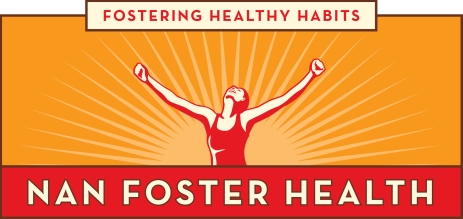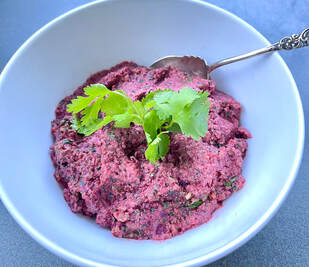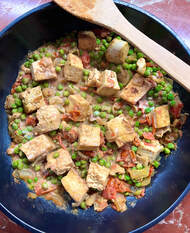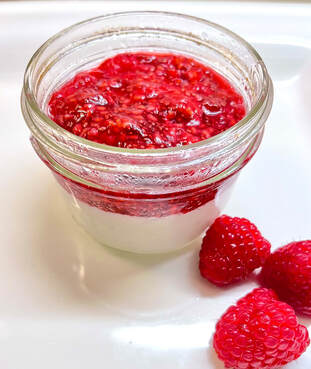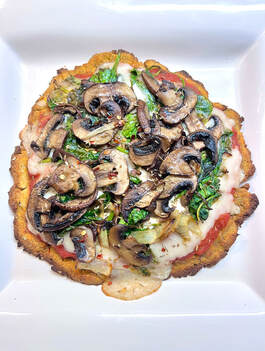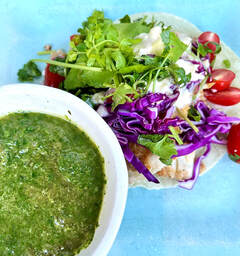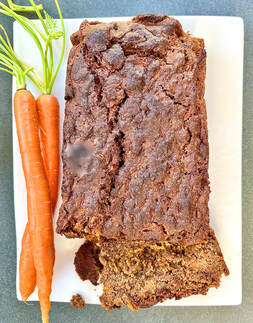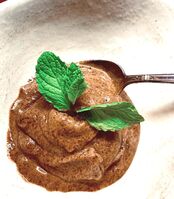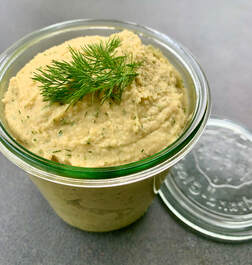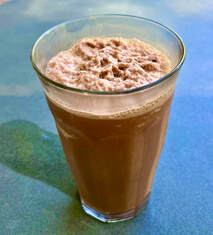
On the other hand, some people need to be careful about drinking coffee. While research also suggests coffee can lower the risk of developing high blood pressure, drinking too much has been shown to raise blood pressure and lead to anxiety and heart palpitations. Caffeine stimulates cortisol secretion (a stress hormone), so it can be counterproductive in those who are plagued by that amped up feeling or by debilitating fatigue. Also, caffeine has been shown to put pregnancies at risk and to put infants at risk of rapid weight gain after birth, later life obesity, heart disease and diabetes. Now that's a paradox!
Some of us find it impossible to sleep well even after one cup of coffee (sadly this is me), and sleep, as we know, is the foundation of healing. Have you found that while you could enjoy an afternoon cup of Joe in your 30's and 40's, it now makes you toss and turn at night and irritable during the day? Caffeine metabolism can change as we age making it necessary to dial it back. If this is you, try drinking only one cup of your morning brew before 10 or 11 am. Still an issue? Try a single espresso which has less caffeine. Next steps: replace coffee with black or green tea. And, of course, decaf coffee, herbal tea, and coffee alternatives (see my delicious recipe below) are an option.
Tips:
- For decaf coffee, look for water processed decaffeination which avoids chemical solvents and maintains better flavor.
- Both coffee and tea are some of the most highly sprayed crops. Choose organic whenever possible to avoid unwanted pesticides.
- Because unfiltered coffee is associated with higher rates of early death, and can contain compounds that raise levels of LDL, or “bad,” cholesterol, experts suggest brewing it with a paper filter.
- The tannins and caffeine in coffee and tea can block the absorption of many vitamins and minerals, especially iron. Caffeine also increases urination, which can decrease the concentration of water-soluble vitamins such as B-complex and C. So, wait an hour after your cup to take supplements.
Happuccino
My delicious, satisfying alternative to a Frappuccino includes detoxifying dandelion and chicory root, protein, and calcium-rich tahini.
Print Recipe
Serves 1-2
1/2 medium size banana
1 heaping T of Dandy Blend dandelion coffee alternative
1 scoop chocolate protein powder (my fave is Truvani which is clean and sweetened only with monk fruit)
1 heaping t tahini
1 t ground cinnamon
pinch salt
1/2 c water
8 ice cubes
In a blender, blend until smooth and frothy. Enjoy!
